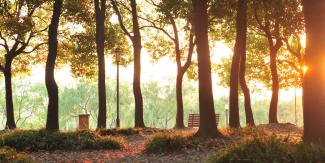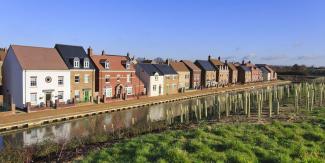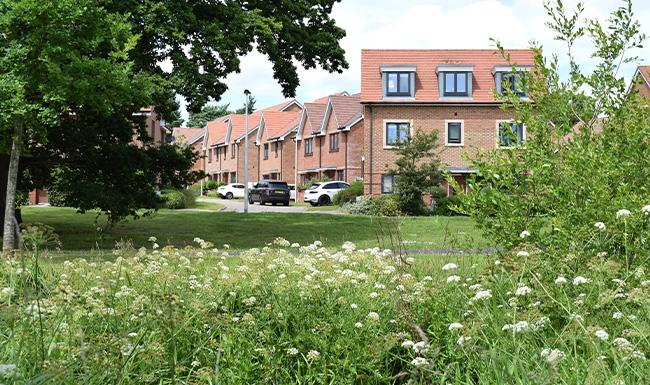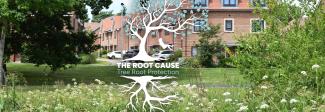
Blog
Building the Cool Street: How Developers Can Design for Shade, Resilience and Root Protection
07 November 2025
Green, shaded streets aren’t just a nice visual feature - they’re fast becoming an essential part of sustainable development. In the face of rising temperatures, heavier rainfall and greater demand for healthy urban environments, trees play a critical role in making new neighbourhoods more liveable. But how do you keep trees alive and thriving while still delivering homes, roads and services on schedule? Here’s how forward-thinking developers are building "cool streets" that work - for people, for the environment, and for planning compliance. Why Cool Streets MatterWe know from research and recent buyer surveys that mature trees offer a whole range of benefits:
However, without the right protection, tree roots can be severely damaged during construction, resulting in early decline, increased long-term maintenance costs, or even complete loss. That’s where the right ground preparation and product choices make all the difference. Below are three practical ways to protect trees on site. 
Option 1Reinforce, Don’t Compromise: Use Load-Spreading SystemsInstalling ProtectaWeb below roads, driveways and footpaths allows you to build hard surfaces over sensitive root zones without compacting the soil. This cellular confinement system distributes loads evenly, reducing pressure on the roots and maintaining the natural structure of the soil. It’s ideal for:
It’s compliant with BS 5837 guidance and supports planning applications where root-sensitive design is required. 
Keep Roots Breathing: Use Nonwoven Geotextiles for SeparationWhere soil stability and filtration are needed, nonwoven geotextiles provide an effective barrier that maintains permeability while preventing soil mixing or fine migration. This helps roots access water and air, while supporting surface layers above. They’re especially useful in:
They also reduce maintenance issues by keeping surfaces structurally sound over time. 
Integrate Trees into SuDS DesignTrees don’t have to sit outside your drainage plan - they can be part of it. Tree pits with permeable surfacing, rain gardens and green verges can all serve as bioretention features, supporting both root health and water management. And because products like ProtectaWeb® are permeable, they’re compatible with SuDS systems, helping you meet multiple objectives with a single solution. Aligning root protection with SuDS principles also supports CIRIA guidance (The SuDS Manual) and makes schemes more attractive to local authorities and LLFAs. Build Trust with Buyers and PlannersOur research indicates that buyers are more likely to notice when trees are lost or poorly integrated into a development. By contrast, visibly healthy, well-protected trees build trust—and help deliver on the environmental promises many developers are now making. Planning officers, too, are under growing pressure to assess climate resilience and biodiversity net gain. Demonstrating a root-sensitive, SuDS-friendly approach to tree integration helps show that a development is truly future-ready. Related content
The Root Cause: Download the survey results Discover what over 2,000 UK homebuyers really think about trees and greenery near their homes. 
The Root Cause There are so many ways that trees play a vital role in our lives - from boosting our health and wellbeing to reducing noise pollution and cleaning our air. 
Tree root protection Avoid a concrete jungle by including flexible rooting volume and growing trees in your urban developments. 
The Root CauseThrough The Root Cause, we want to start a conversation across the industry about the hidden but critical role of tree root protection. By highlighting buyer expectations alongside practical solutions, our aim is to support new build developers in creating schemes that deliver for both people and the planet. ProtectaWeb is just one part of this, but it is a vital tool for ensuring that the trees which give character, beauty and biodiversity to our communities are safeguarded for generations to come. |









